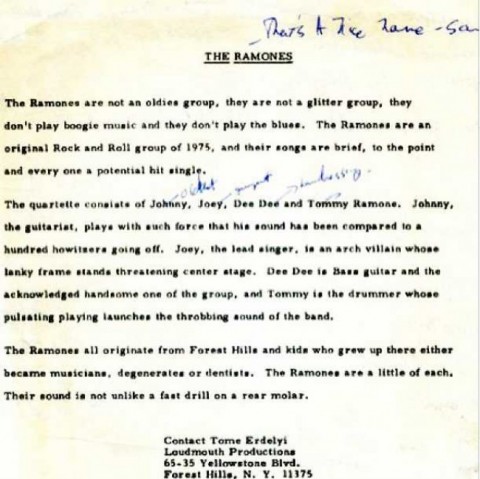When our favorite musicians leave us, whether they die young or live to ripe old age, we’re guaranteed to keep discovering new material from them. Sometimes this happens through the questionable remixing of their unfinished work, and the results can be disappointing, if not downright disrespectful. More often, we’re treated to hours of rough demos, home and concert recordings, and alternate takes. And while these may not always live up to the polished studio versions, they nonetheless open intriguing windows into the creative process of artists we love and admire.
In the case of Kurt Cobain, we’ve heard for a couple of years about unreleased demos for a solo album the Nirvana frontman supposedly had in the works before his suicide in 1994. What might it have sounded like?
Well, it might have sounded something like Cobain’s wife’s band, Hole—or at least like their song “Old Age,” released that same year with the single “Violet.” Cobain wrote the song and recorded his own acoustic demo, which you can hear at the top. Dissatisfied, he gave it away to Courtney Love. Just above, hear another acoustic home demo, “Do Re Mi,” that Hole co-founder Eric Erlandson told Fuse offers a hint of what might have been.
Until, if ever, the actual recordings of Cobain’s planned solo album come out, we can only speculate. But whether or not the notoriously introverted singer would approve, we do have many more acoustic demos and home recordings of songs we know and songs we probably don’t. Many of these appear on the Nirvana box set With the Lights Out, which, in addition to containing “Old Age” and “Do Re Mi,” has acoustic versions of In Utero’s “Rape Me,” “Pennyroyal Tea,” and “All Apologies” (above).
What you won’t hear on the box set is the song above, “Creation,” a home demo Cobain made in the late eighties, using a 4‑track recorder to mix his vocals with a bassline and drumming on suitcases. This track appears on an unofficial 4 CD bootleg set called Nirvana: The Chosen Rejects alongside a good many demo tracks from Cobain’s first band, the obnoxiously-named Fecal Matter, which he formed with future Melvins drummer Dale Crover in Aberdeen, Washington.
“Creation” presages the droning, rhythmic melodicism that became the hallmark of Cobain’s Nirvana songwriting. But as for that sadly aborted solo album, it seems the singer may have been moving into some very eclectic territory indeed. Cobain, says Erlandson, “was headed in a direction that was really cool. It would have been his White Album.” Alas.
Related Content:
Nirvana Plays in a Radio Shack, the Day After Recording its First Demo Tape (1988)
Nirvana’s Home Videos: An Intimate Look at the Band’s Life Away From the Spotlight (1988)
Hear Dave Grohl’s First Foo Fighters Demo Recordings, As Kurt Cobain Did in 1992
Josh Jones is a writer and musician based in Durham, NC. Follow him at @jdmagness






